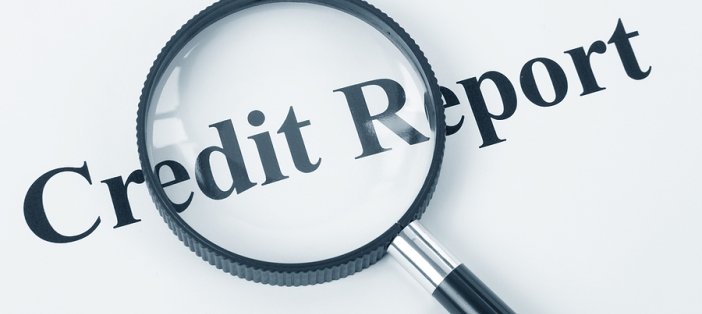Federal law allows you to request an investigation of information on your credit report that you feel may be inaccurate. No one can legally remove from a credit report accurate negative information, such as bankruptcy, tax liens, judgments or child support. However, it is perfectly legal to request an investigation of any item on your credit report. In addition, there is no charge to you for requesting an investigation. You should always dispute errors on your credit report.

Reviewing Your Credit Report
If the credit bureau cannot verify the information on your credit report, then they must remove it. Under the Fair Credit Reporting Act (FCRA), credit bureaus have 30 days to get back to you with the results of an investigation on your dispute. If you do not hear from them, within 30 days, they must remove the item from your report.
The first step is to review the information on your credit reports. Every person gets one free credit report once a year from each of the three major credit bureaus — Equifax, Experian, and TransUnion. You can obtain your credit reports at http://www.annualcreditreport.com.
The credit bureaus often have different information, so you should carefully review the information on all three reports before deciding which entries to dispute. Don’t ignore mistakes, thinking that they will be automatically removed. It is up to you to dispute incorrect or outdated information.
How to Dispute Errors on Your Credit Report
Once you have thoroughly reviewed the information in your credit reports, follow these five steps:
- Send a letter to the credit bureau. Be as specific as possible about the disputed item. You should send the letter via certified, return receipt mail. Include also a copy of your credit report with the disputed information highlighted.
- Send a demand letter. If the credit bureau respond within 30 days, send them a letter explaining that the bureau has exceeded the statutory 30-day investigation period. Also request, again, that they remove the item from your credit report. Include a copy of your original dispute letter.
- Send a second demand letter. If the credit bureau does not respond within 15 days, send a second demand letter. Include copies of your two previous letters.
- Send the original creditor a “debt validation” letter. Federal law requires creditors to provide you with a copy of the original agreement, such as a loan note or credit card agreement, and preferably signed by you. If they cannot do this, demand that the creditor request remove the item from your credit reports.
- Add a 100-word statement to your credit file. If the credit bureau verifies the deft, the item will remain on your credit report. But you can add a 100-word statement explaining the item. Send a final letter and include your statement, clearly identifying the item you disputed.
Follow Up On Your Dispute
Once the investigation is complete, the credit bureau will provide you with the results. The bureau will also provide a free copy of your credit report if the dispute resulted in a change. You can request that the credit bureau send a correction notice to any company that accessed your credit report within the past six months. If you are dissatisfied with the results, you have the legal right to sue a credit bureau or creditor that violates the Fair Credit Reporting Act. Filing a lawsuit is time-consuming and expensive, however, so it should be a last resort.
Hints and Tips
- Always dispute each item in separate letters. Be sure to include your name, address, and Social Security number for verification.
- Disputing negatives information is effective. As many as 20% of all dispute items will drop off your report after the first dispute.
- Fully document your efforts and never send only copies, never your original documents. Keep everything in a single file.
- Do not file disputes at the website of the credit bureau. Instead, dispute the item in writing. This allows you to keep records and document your disputes.
If your credit report is in really bad shape, then you shouldn’t expect a quick fix. The process repairing your credit will take time, often from 6 months to a year. Be persistent.
Don’t Let the Errors Build Up
Correct errors quickly, within three or four months, and you will reduce the number of errors. Your credit profile will tighten up a bit.
Your credit report says a lot about you and your credit history. The process of cleaning up your credit report may seem overwhelming at first, but if you take it step by step, over time you will find your creditworthiness improving. And that is definitely worth the effort.
